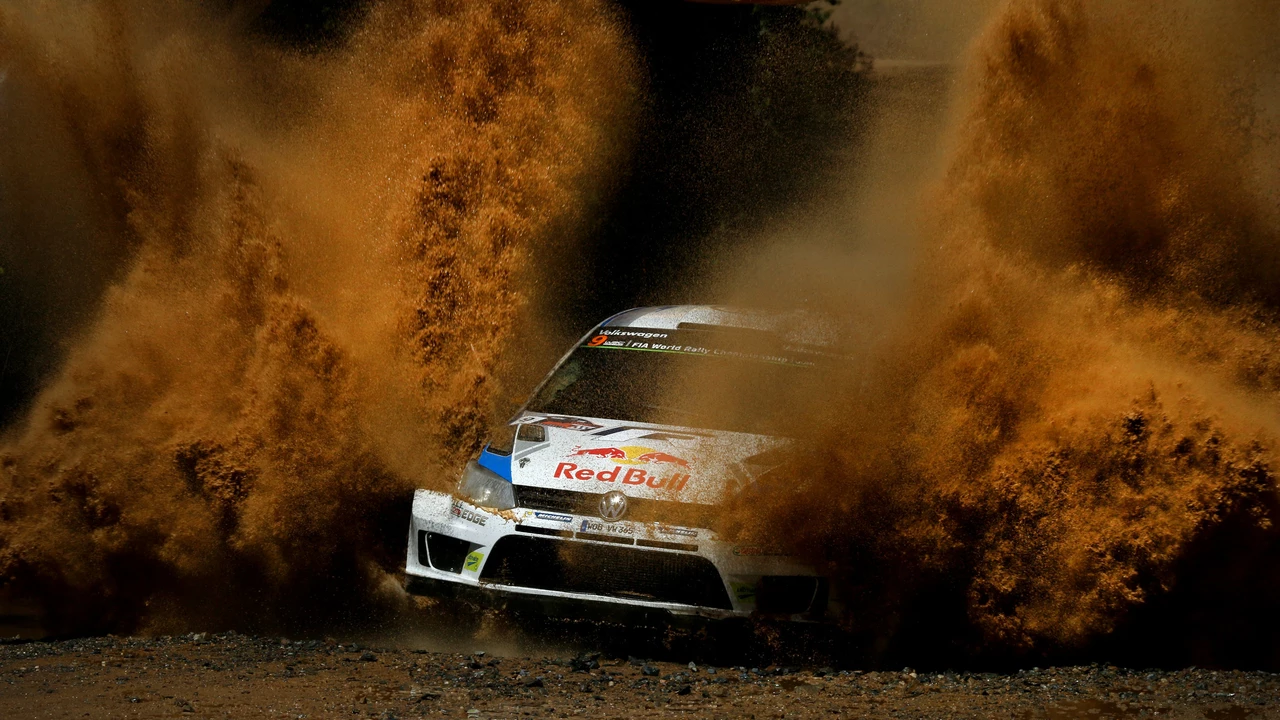How Much Can an Auto Racing Photographer Earn?
Ever wonder if snapping fast cars can pay the bills? The short answer is yes – you can pull in anywhere from $29,000 up to $77,000 a year. Those numbers sound good, but they hide a lot of detail. Let’s break down what pushes the salary higher and what can hold it down.
What Determines Your Earnings?
First off, experience matters. A rookie with a few gigs will land near the low end of the range, while a seasoned shooter with a strong portfolio can hit the top. Client type is another big factor. Working for major racing teams, broadcast networks, or high‑end magazines usually brings a bigger paycheck than local clubs.
Location also plays a role. Jobs in the UK or major European circuits often pay more than smaller regional events because the budgets are bigger. Then there’s the type of work you do – live event coverage, advertising shoots, or creating content for social media each have different rates. Live coverage often demands quick turnaround and pays a flat day rate, while advertising can bring per‑image fees or royalties.
Don’t forget the gear you own. Owning high‑speed cameras, telephoto lenses, and drone equipment lets you charge higher fees, because you’re providing the tools the client needs. If you rent gear for each job, you’ll keep more of the client’s money but your profit margin drops.
Finally, your network can open doors to better‑paid gigs. Knowing the right team managers, PR agents, or magazine editors can land you contracts that pay above the norm.
Ways to Boost Your Income
Want to move from $29k toward $77k? Start by building a focused portfolio that shows you can capture motion, detail, and the atmosphere of a race. Highlight shots of cars in motion, pit crew action, and crowd energy. A strong portfolio draws higher‑paying clients.
Next, specialize. Pick a niche – like Formula 1, rally, or vintage racing – and become the go‑to photographer for that scene. Clients pay more for experts who understand the sport’s quirks.
Offer extra services. Many racers need photo editing, video highlights, or social‑media clips. Bundling these services into a package can raise your total invoice without a huge extra time investment.
Consider teaching. Host workshops for aspiring motorsport photographers or create online tutorials. Teaching fees add a steady side income that isn’t tied to race schedules.
Lastly, negotiate. When you receive a quote, ask if the client can cover travel costs, equipment rentals, or provide a per‑image royalty. A little back‑and‑forth can add a few thousand to your yearly earnings.
In short, the money you make as an auto racing photographer isn’t set in stone. It depends on your skill level, the clients you chase, the gear you own, and how well you market yourself. Focus on building a strong portfolio, pick a niche, add extra services, and don’t be shy about negotiating. Those steps can push you well into the upper end of the salary range.

How much does an auto racing photographer make?
Hey guys, buckle up as we dive into the world of auto racing photography - a realm where speed meets passion, and the pay isn't too shabby either! Now, the green light is on and it's time to zoom into the finances. A career in this fast-paced field can earn you between $29,000 to a whopping $77,000 annually. That's enough to buy a new set of wheels every year! So, if you're a speed lover with an eye for detail, it might be time to focus your lens on the racing track!